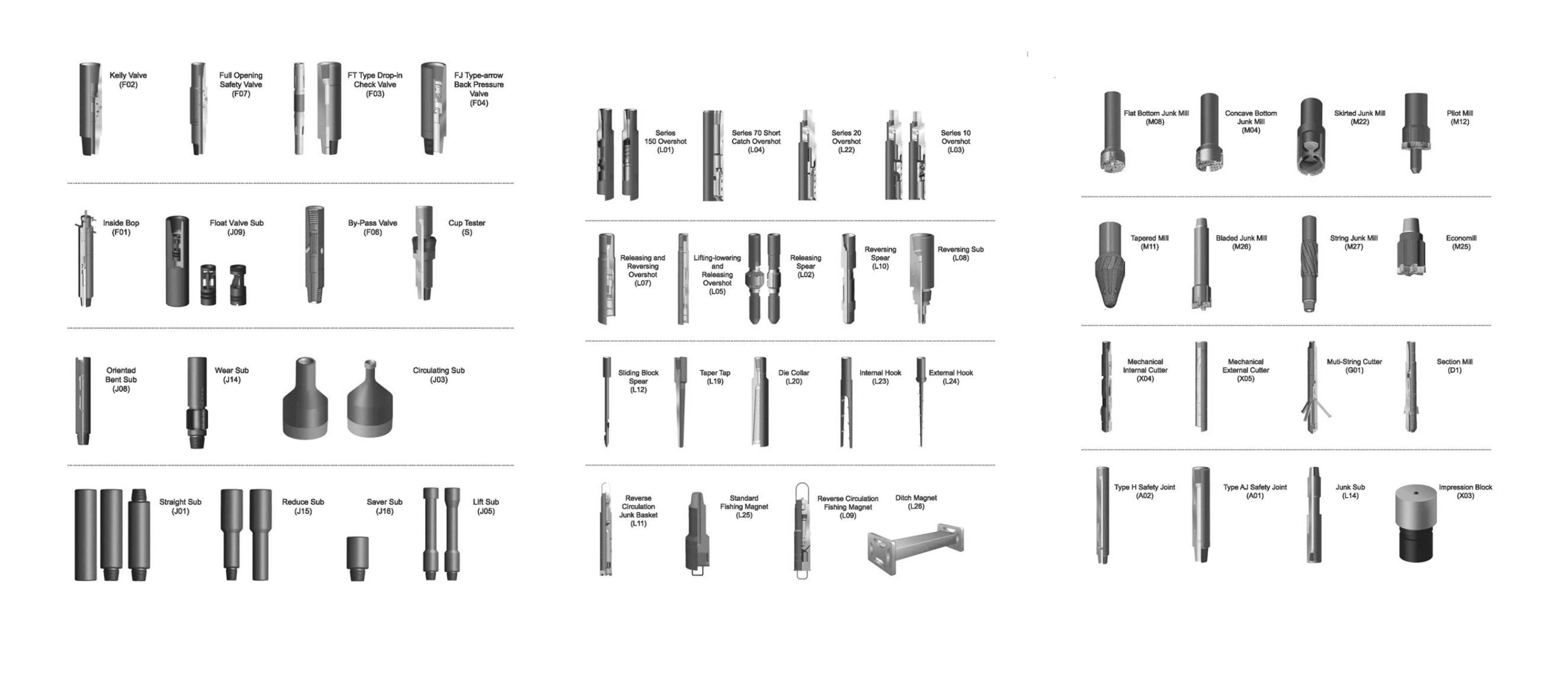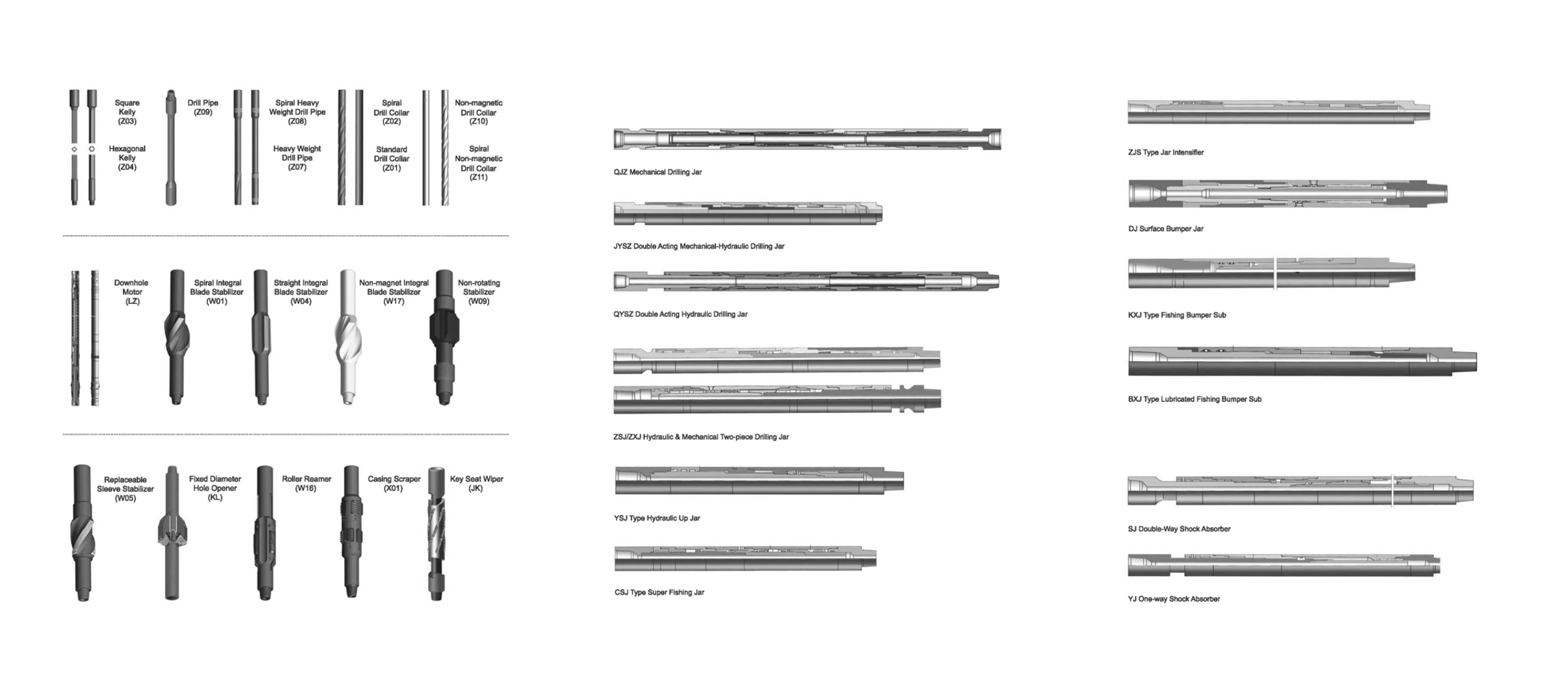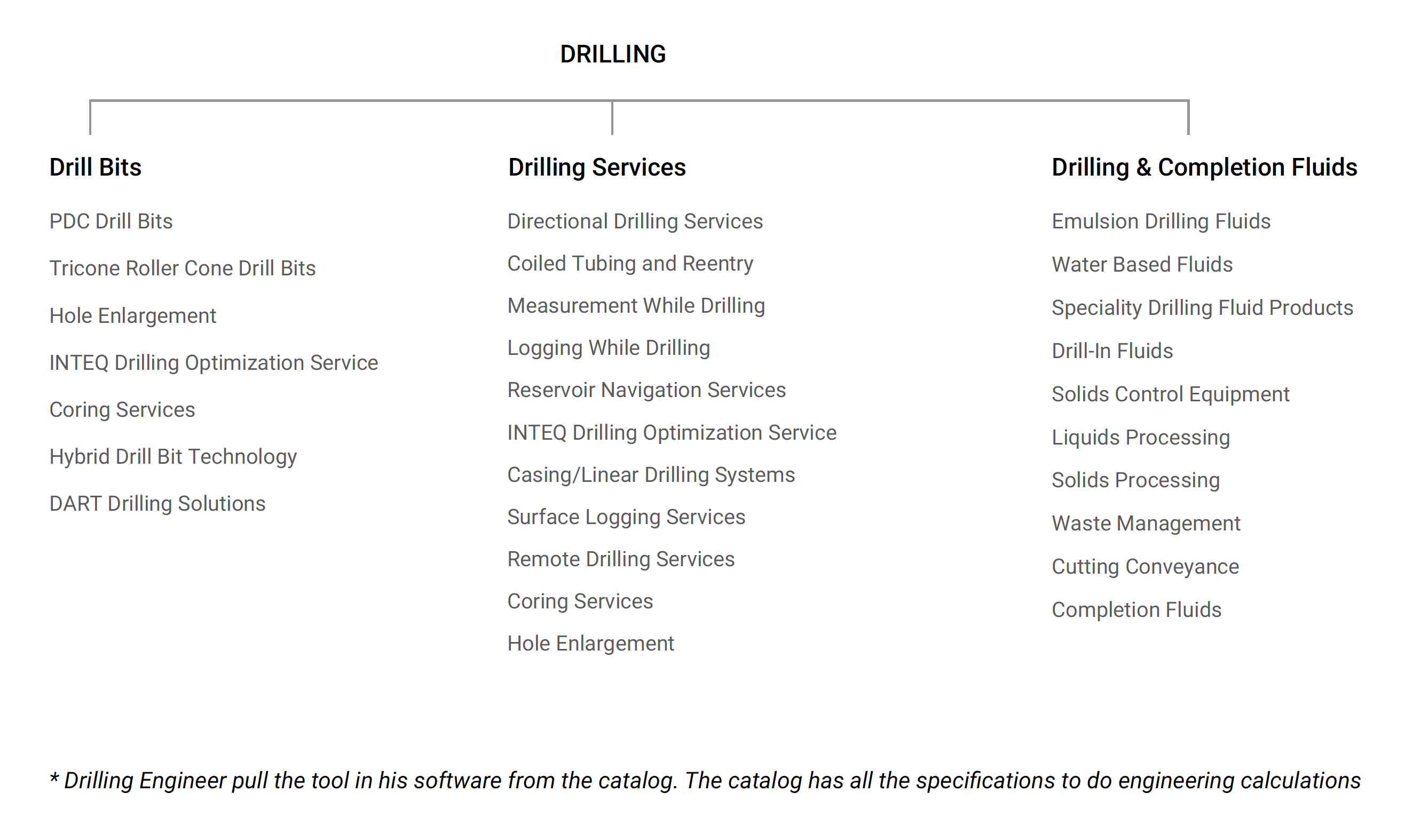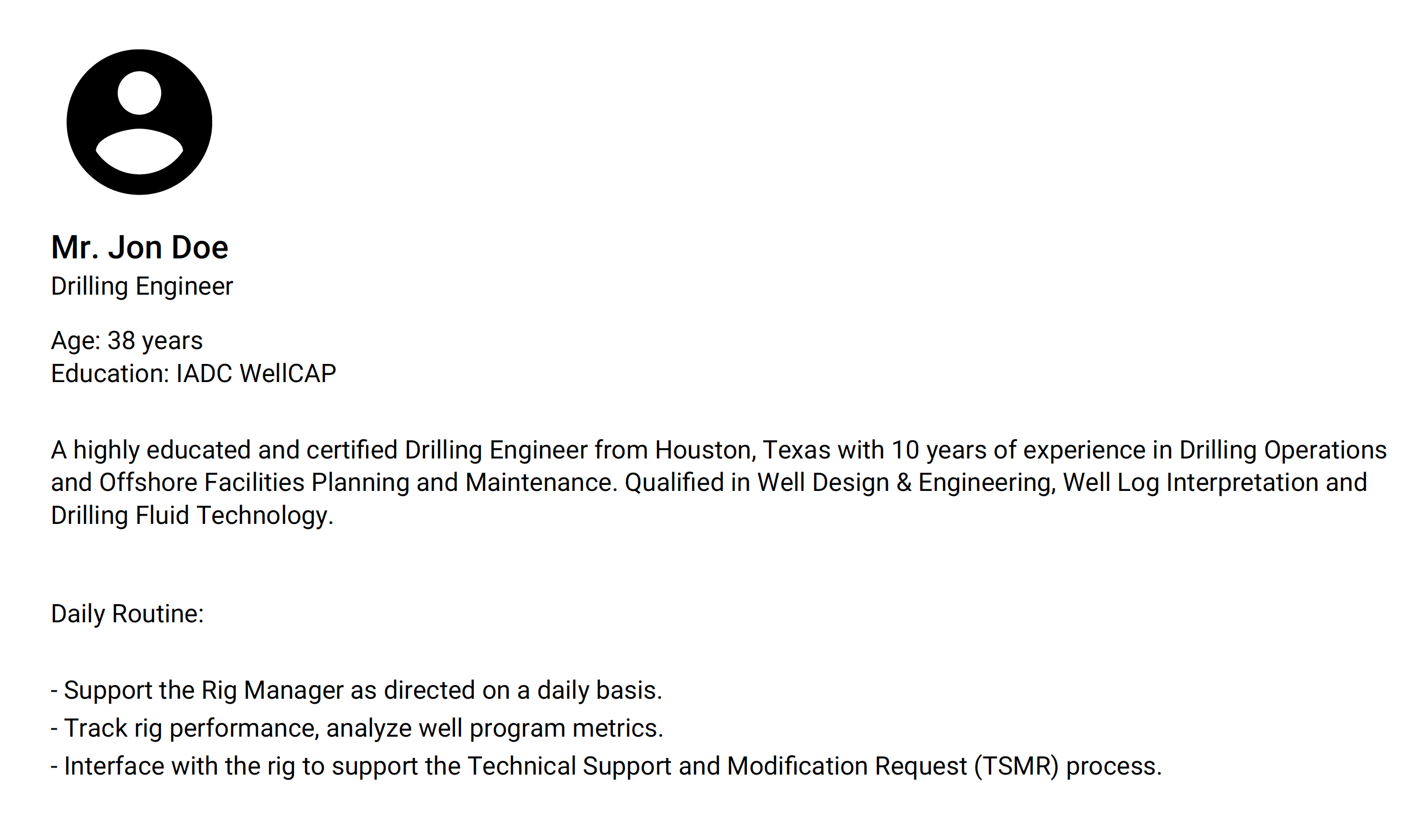Secondary Research
Oil and Gas Industry
The petroleum industry includes the global processes of exploration, extraction, refining, transporting (often by oil tankers and pipelines), and marketing petroleum products. The largest volume products of the industry are fuel oil and gasoline (petrol). Petroleum (oil) is also the raw material for many chemical products, including pharmaceuticals, solvents, fertilizers, pesticides, and plastics.
The industry is usually divided into three major components: upstream, midstream, and downstream. Midstream operations are usually included in the downstream category.
Major players in the industry
-
Schlumberger
-
Halliburton
-
Baker Hughes
-
Weatherford
TYPES OF DRILLING
Onshore drilling (Land drilling): Drilling holes under the earth surface to extract natural resources (oil & gas)
Offshore drilling (Sea drilling): Drilling underneath the sea bed to extract natural resources (oil & gas).
Both require,
-
Exploratory equipment
-
Wastewater/oil separators
-
Pumps
-
Pipelines
-
Storage tanks
Common drilling techniques (both Onshore and Offshore)
1. Horizontal drilling
2. Rotary drilling
3. Directional drilling
Low fidelity wireframes

Assumptions
-
User works in an office environment
-
Any mistake he does in the composition and configuration of the tool would cost the company a lot of money.
-
Design should be handed over to a developer as soon as possible.

-
See an overview of all available drilling tools.
-
Add/remove some of these tools into ‘my area’.
-
Configure variable parameters of that tool (eg. Title, Length, Weight, Description).
TOOLS CONFIGURATION
OIL&GAS

Design to,
-
Aid in the visualization and understanding of the drilling process.
-
Drill bit direction.
-
Monitor and alert when tools are operated outside of engineering specifications.
-
Logs
-
Create LAS files on demand for geologists offsite.
-
Measure every aspect of the drilling process independently.
-
Provide *actionable intelligence.
*Actionable Intelligence
-
The current depth and rate of penetration (ROP)
-
Survey data and drilling parameters
-
Drill bit and tool face monitoring
-
Measurement while drilling (MWD) tool monitoring
-
Mud pump details


Drilling tools in oil and gas industry
Drilling Management
-
Increase cost-effectiveness of drilling teams in the field.
-
Ensuring drill operators remain within the predefined engineering limitations of the equipment.
-
Tracking the service of pumps, motors, generators, and other equipment.
-
Aggregate drilling information in real-time across multiple sites and personnel.
-
Increasing visibility of information for rapid decision-making to ensure project completion.
-
Drilling performance optimization.
-
Monitoring machine health.
-
Improve data visibility.
-
Long-term cost savings.
Notes & Scribbles

2. Rotary Drilling
Drilling employs a sharp rotational drill bit (a sharp component of a drill tool that penetrates rock or wood) to bite its way through the earth’s crust. This is one of the most effective and common methods of drilling.

3. Directional Drilling
Practice controlling the direction and deviation of a wellbore to a predetermined underground target or location. This is one of the most effective and common methods of drilling.

1. Horizontal Drilling
The drilling process is in which the well is turned horizontally at depth. It is normally used to extract energy from a source that itself runs horizontally such as a layer of shale rock.

Consists of,
-
Prime mover
-
Hoisting equipment
-
Rotating equipment
-
Circulation equipment
with the help of,
Pneumatics (transmitting energy by use of
compressible air).
Hydraulics or Electric motor (high torque and rotation are transmitted from the prime mover to the drill, which sits on a mast above the hole).
Process: Components > Source of power > Hoisting equipment > Rotating equipment > Circulating system > Rotary drill bit > The operation.
Applications,
-
Multiple wells from a single location
-
Inaccessible surface locations
-
Multiple target zones
-
Side track (drill around obstructions)
-
Fault drilling (parallel drilling)
-
Salt - dome exploration
-
Relief - well drilling (wild well)
-
River-crossing applications

Product / Services [ Baker Hughes

Task


















